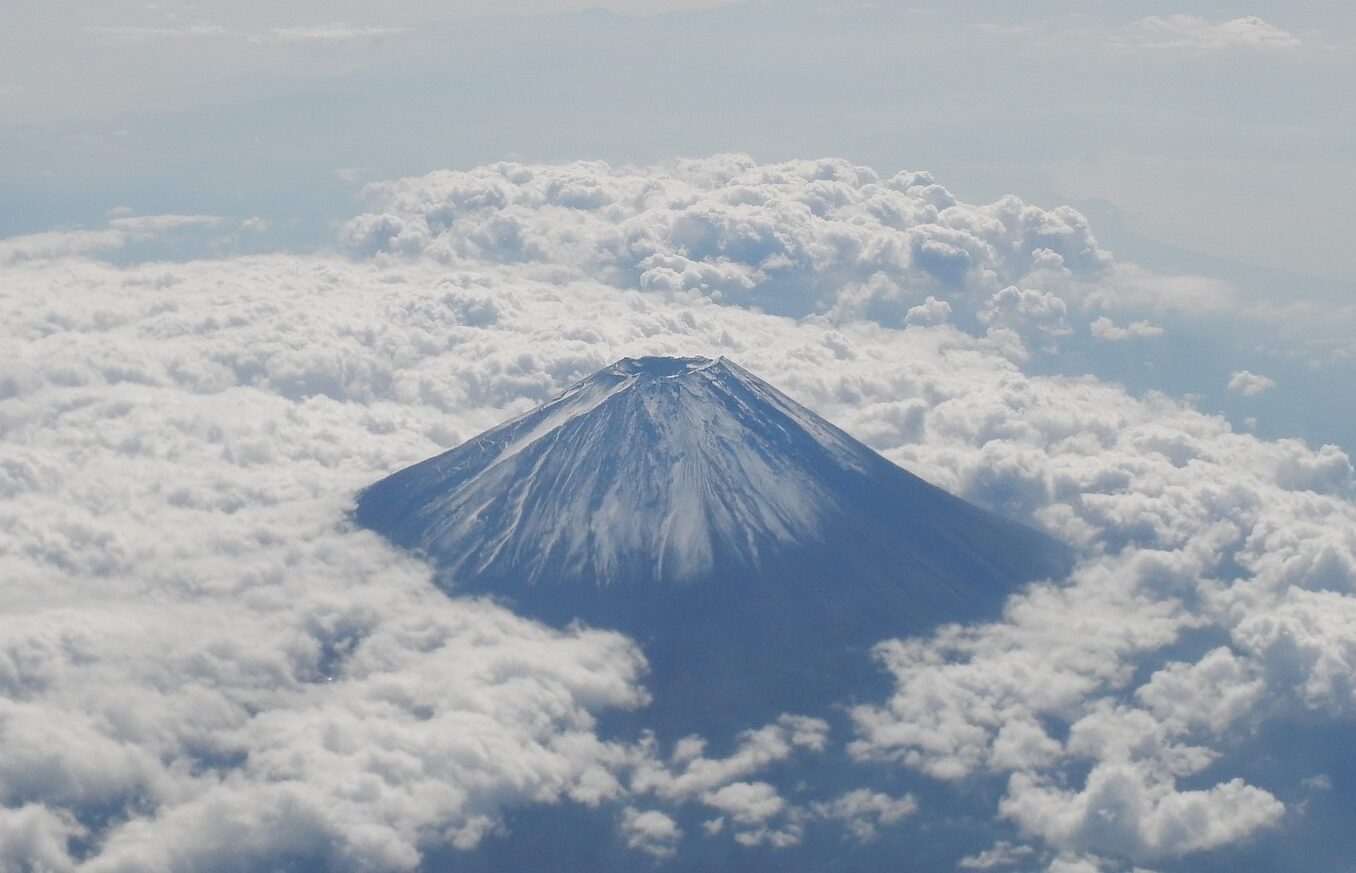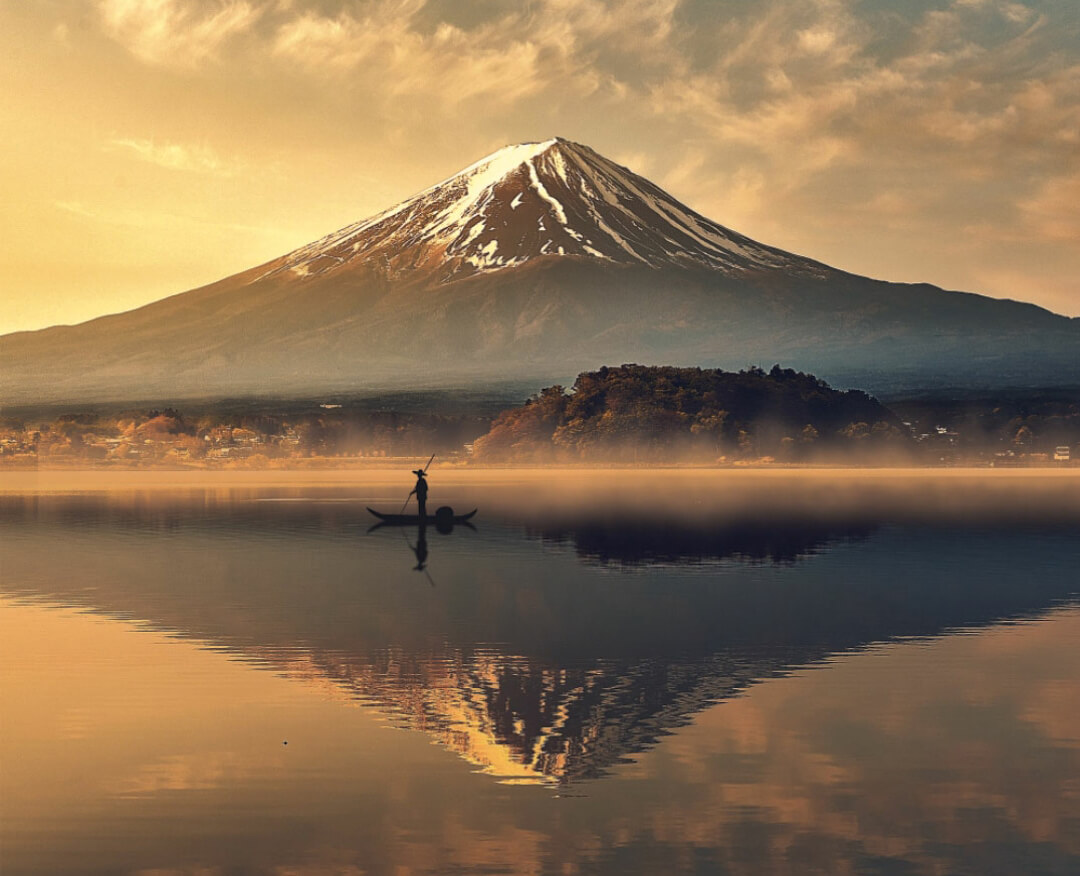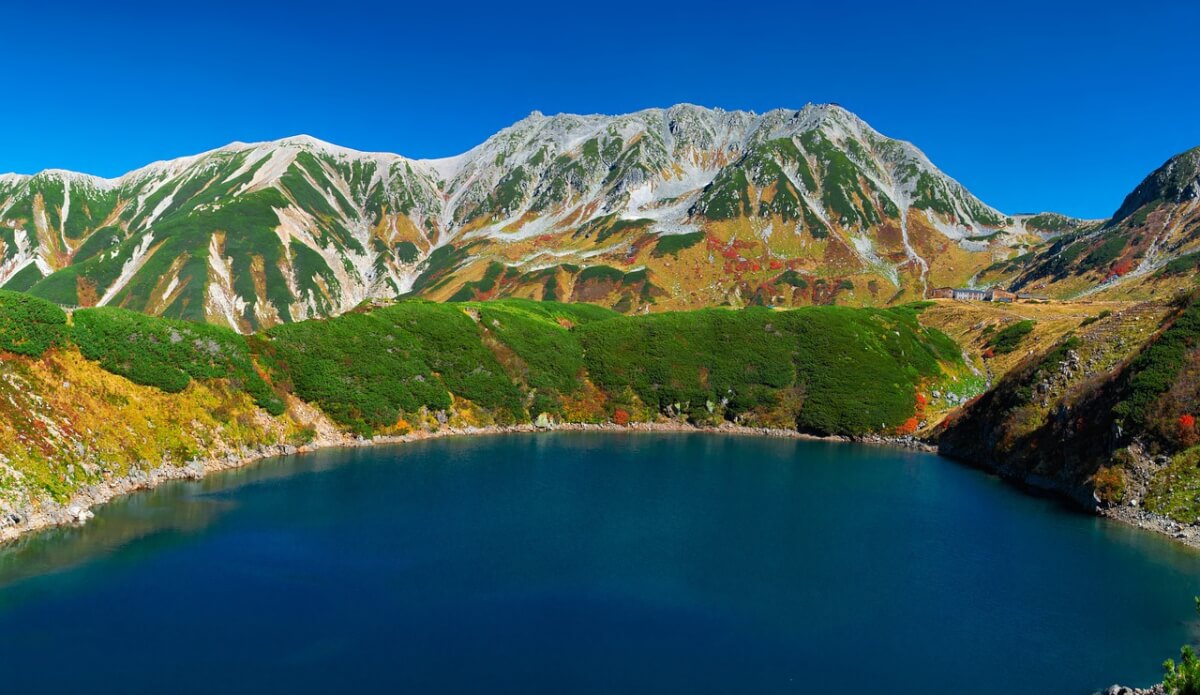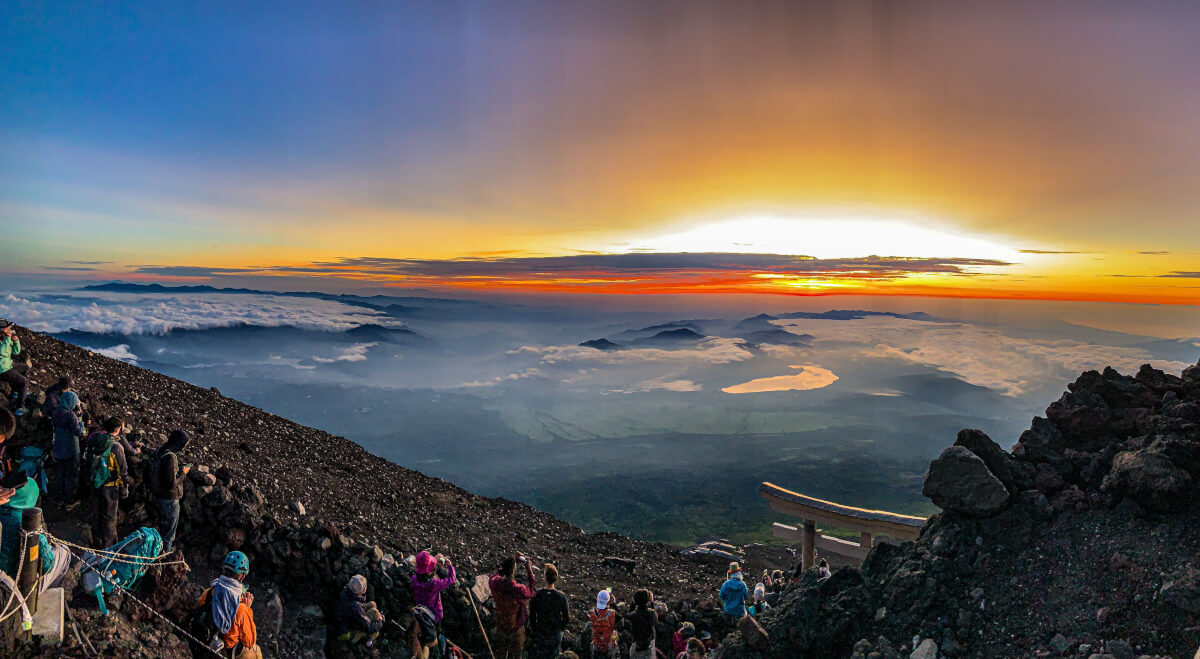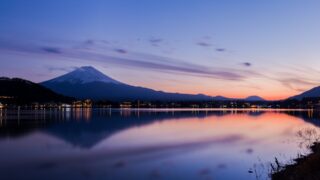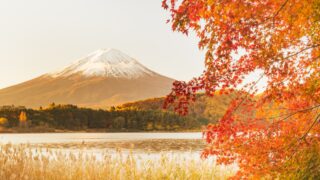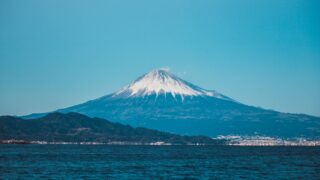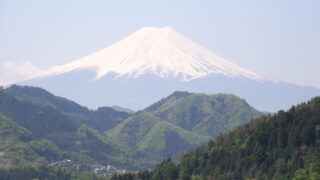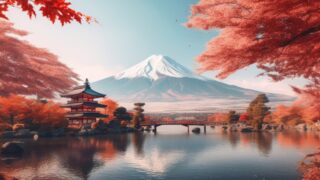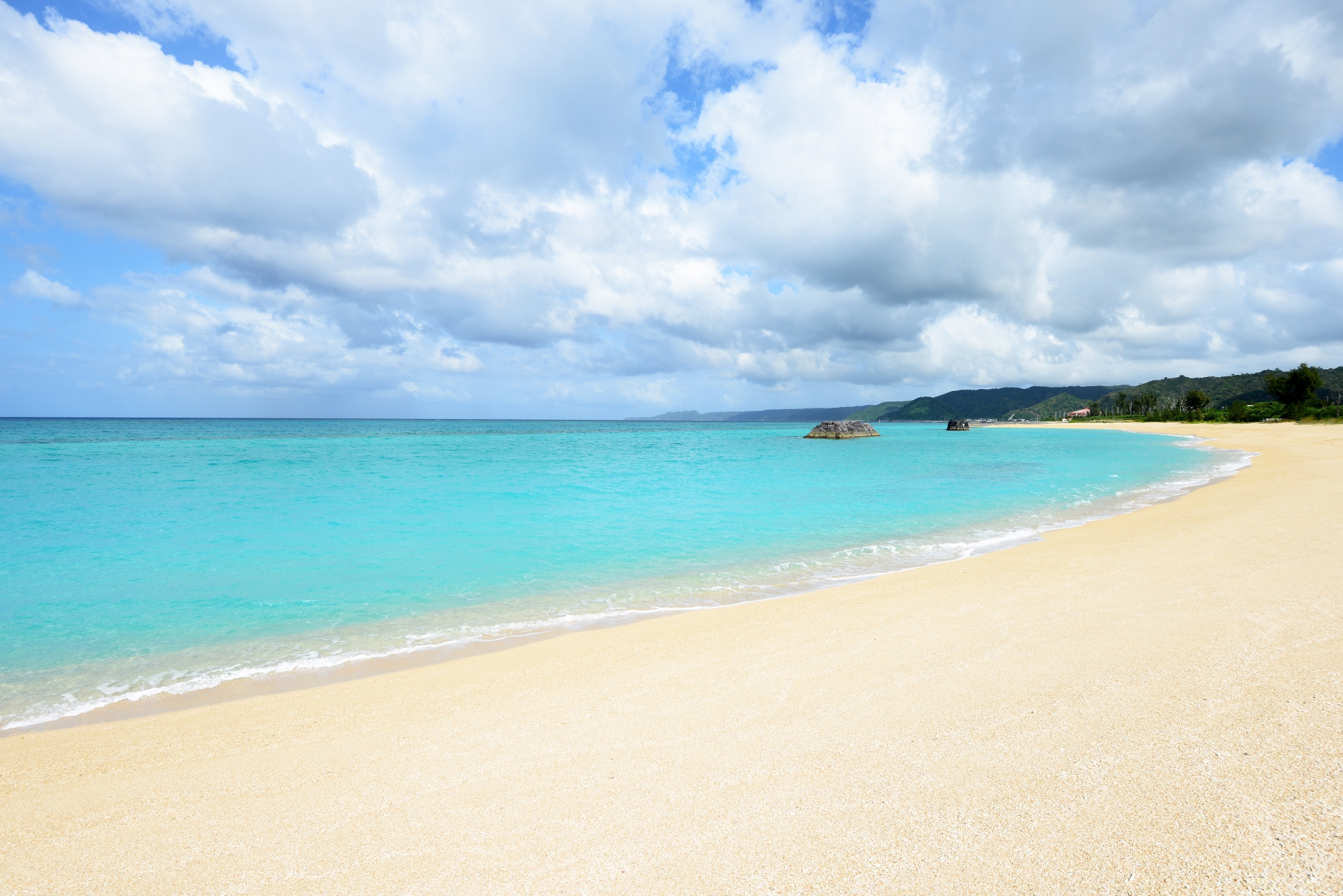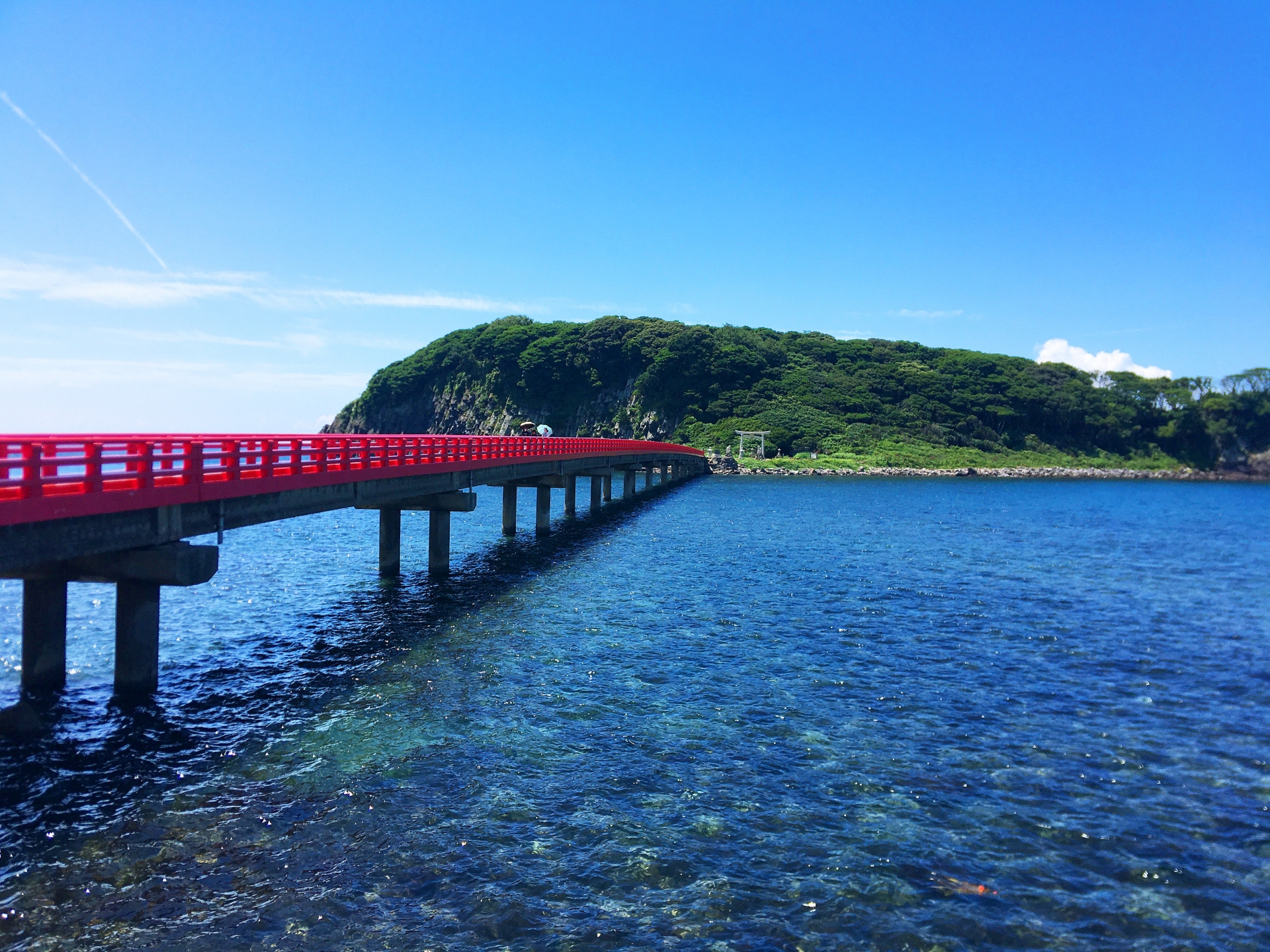No mountain in Japan, and maybe even the world, is quite as spectacular as Mt. Fuji. We challenge you to find a list of the most beautiful mountains in the world without Fuji being in the top 10! Anyways, it gained its fame for many reasons- one of course being its surreally “perfect” shape. Fuji-san’s beauty has graced famed works of art for centuries, and its history yields numerous astonishing facts and captivating lore. Within the distance between the breathtaking views both of and from its majestic peak, lies a myriad of activities and sights catered to ensuring only the best of memories.
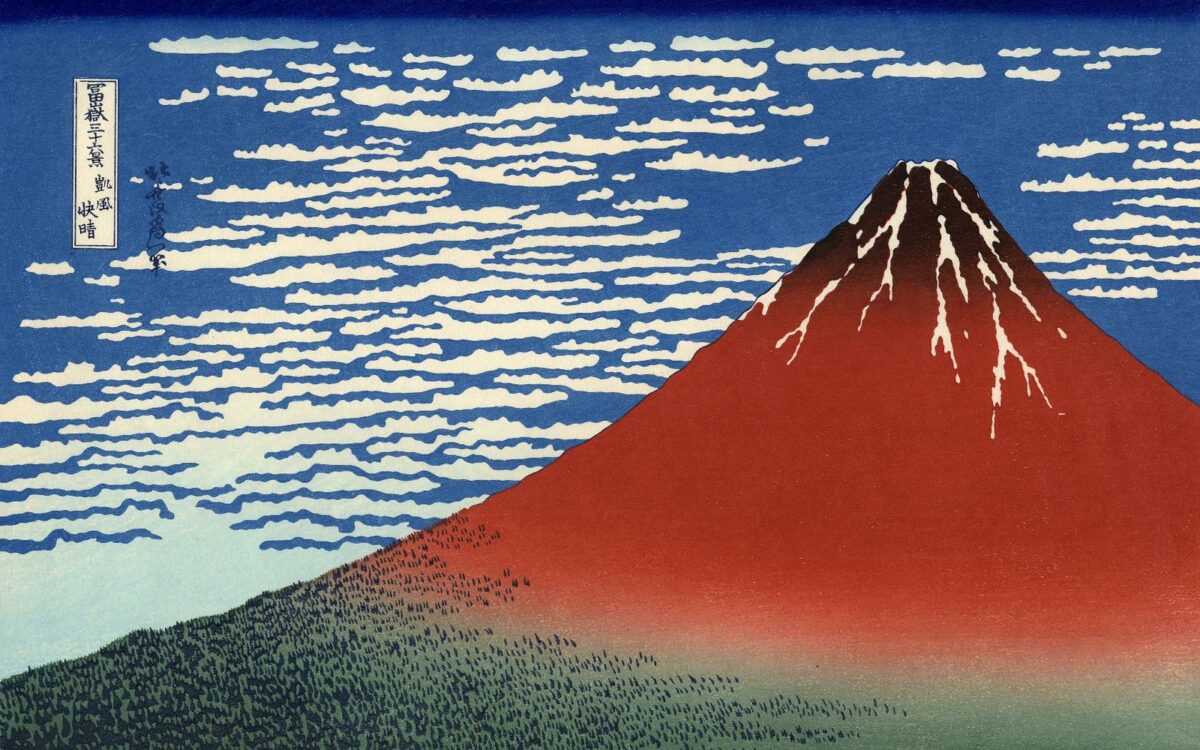
As glorious as it is, there’s no chance to enjoy it without a proper plan and understanding of all the when, where, what, and how- you know. Whether it’s climbing to the top or viewing from an onsen, finding your way there or finding a place to stay, knowing how to best enjoy Mt. Fuji is essential. Read along for an all-inclusive guide to, we would confidently claim to be, the world’s most beautiful mountain.
Where it is, When to go, and How to get there:
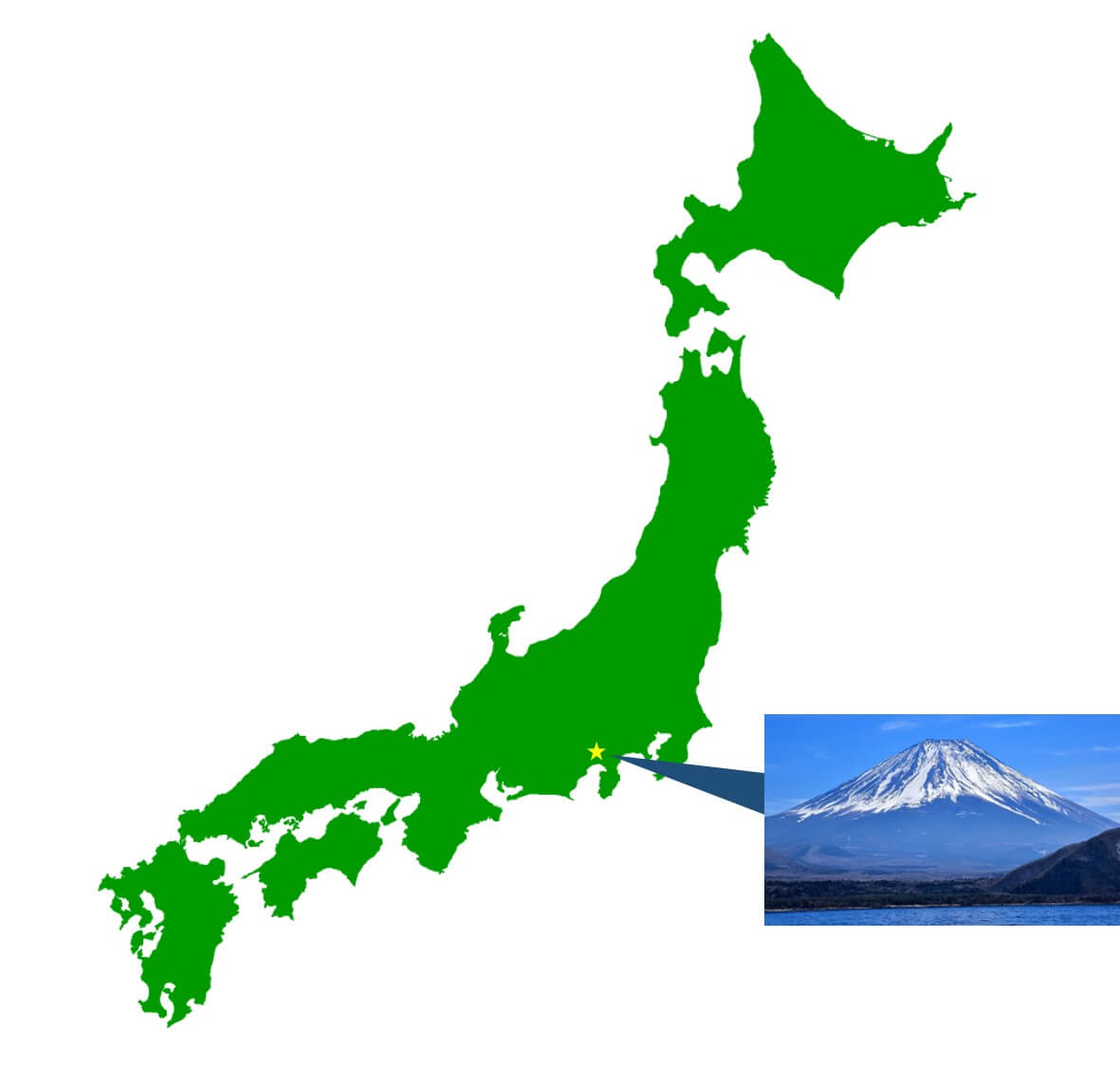
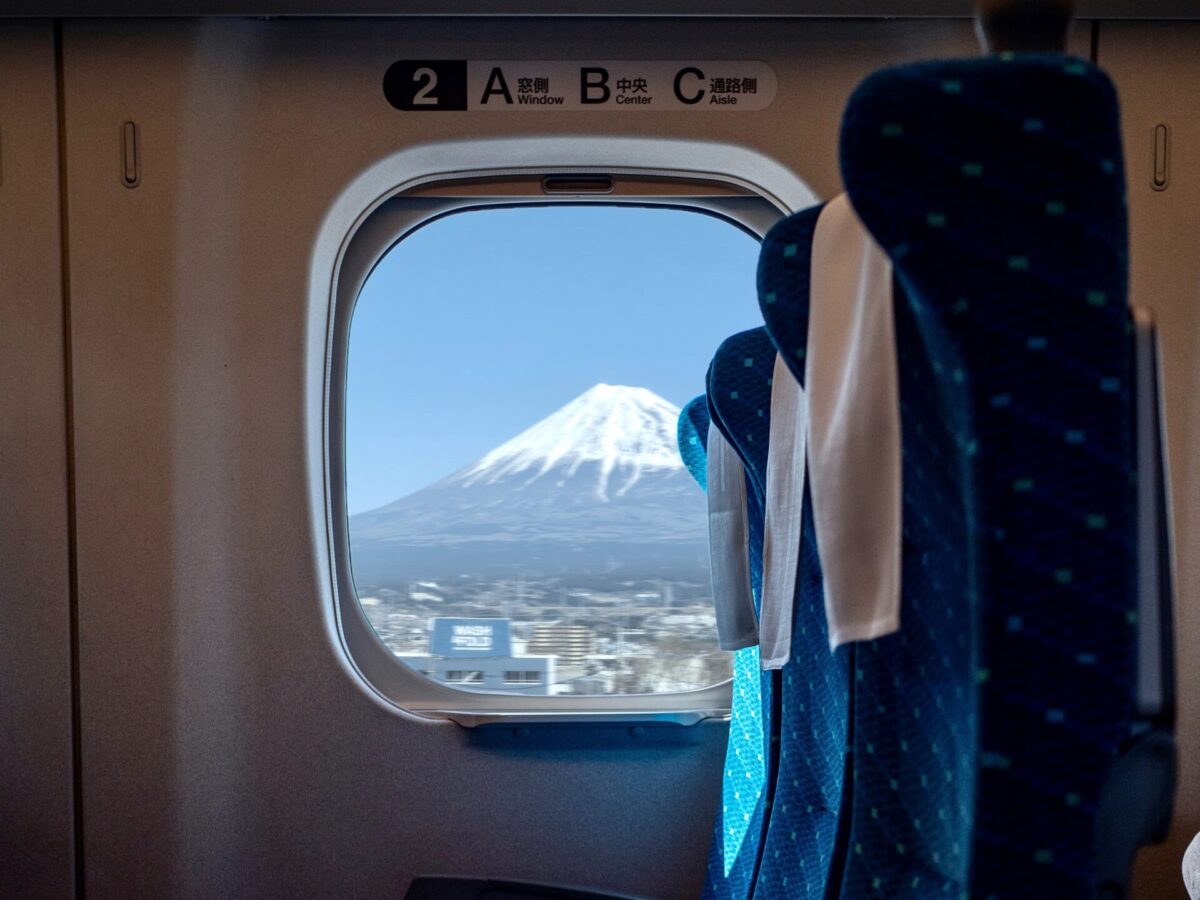
You know the what, so next up is the when, where, and how:
- Location
- “Yamanashi” can be read as “山無し,” meaning “no mountain”, which is clearly not the the case. Bad puns aside, Yamanashi (actually “山梨”) is indeed the prefecture boasting the famous peak, which lies near the border of the neighboring Shizuoka prefecture. The general distance to Fuji from Tokyo is about 2 hours, give or take.
- Getting there
- Shinkansen
- Shinkansen, or bullet trains, is by far the most comfortable and scenic way to get there. Headed east to west, be sure to grab a seat on the right side for a view of Fuji as you whiz by.
- Bus
- Definitely the more budget friendly option, undeniably comfortable and differently scenic, Busses are a great way to get to and from various locations nearby.
- Shinkansen
For other ways to get there and for more details on the above, have a look at this:
- Best time to visit for viewing:
- For the best chance to see the peak, visit during December and March. Once things warm up, chances of a clear view drop from 70% to 30% due to clouds. In a way its ideal as onsen are great in the winter, and the views from them are the cherry on top.
History, Facts, and Claims to Fame
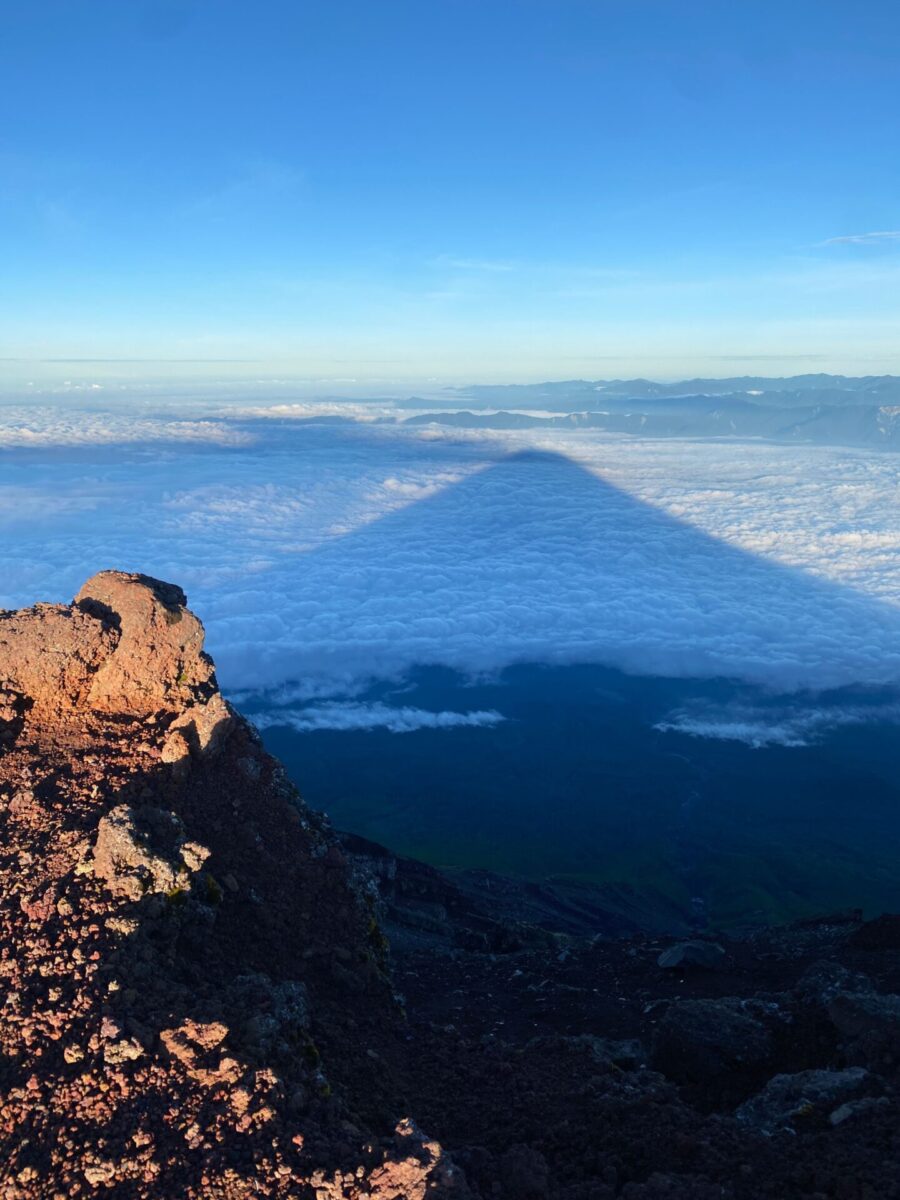
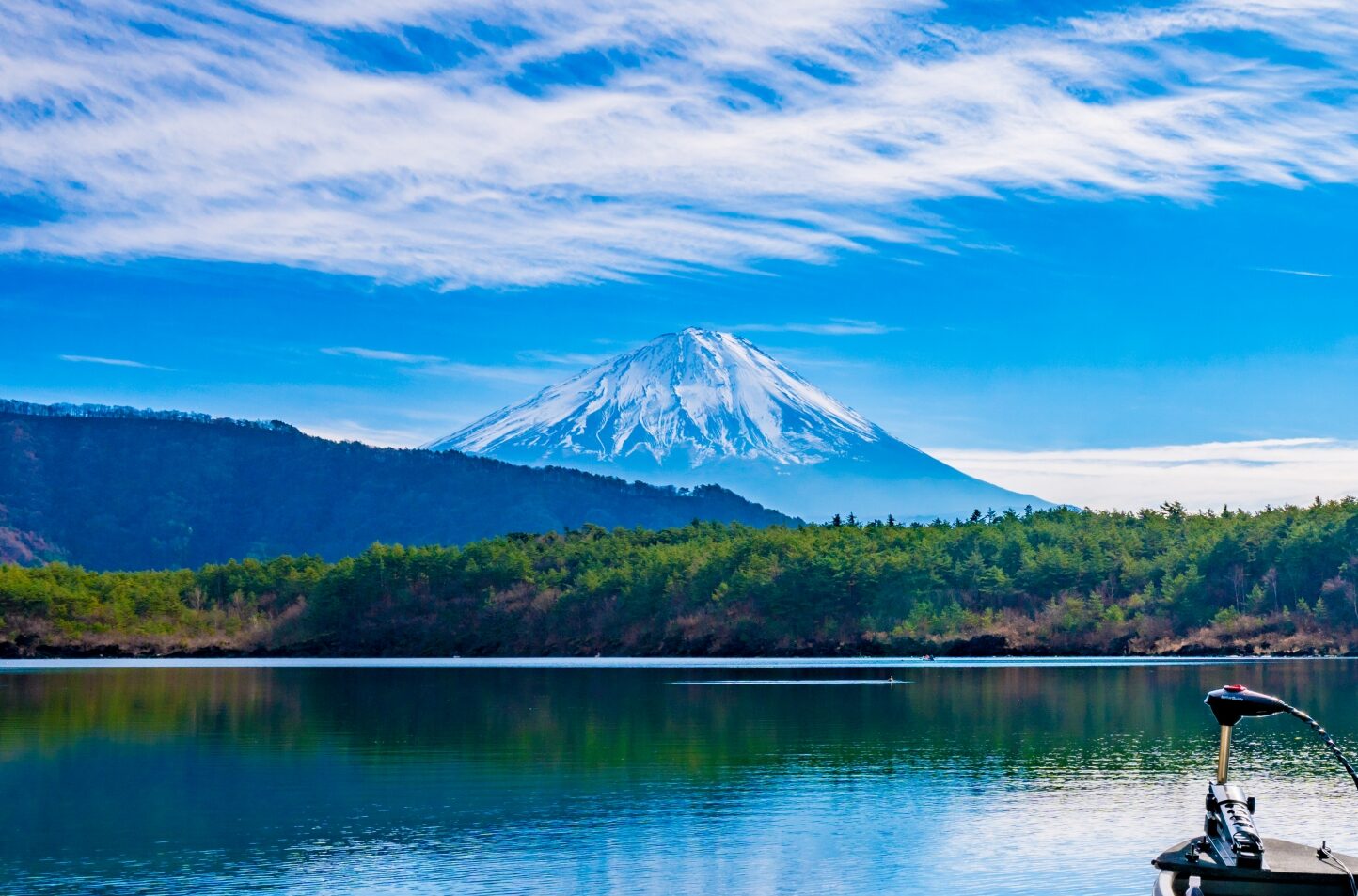
Fuji warrants a lot of attention for its looks, but there’s a lot more to the mountain that makes it even more impressive:
- Aesthetic prowess
- As we’ve clearly stated, it’s immaculate. The symmetrical, conical, and blissfully unobstructed stance seems unreal in comparison to the many jagged mountains out there. Not trying to throw any shade… even though mountains do a lot of that. Especially Fuji- wait until you see its shadow from the peak, looming over the clouds. Compelling views from afar are also attributed to its 6 month a year covering of snow.
- Statistics to boot
- Mt Fuji is an impressive 3,776 meters (2.35 miles) tall and 50 kilometers (30 miles) wide. It is an active stratovolcano, with its last eruption occurring in 1707, which blotted the skies and buried as far as Edo Tokyo with ash.
- 3 Sacred Mountains
- There are actually 3 sacred mountains in Japan, and it’s laughable to think Fuji-san may not be one of them. In a nation 70% covered by mountains, these 3 definitely beat out a lot of competition.
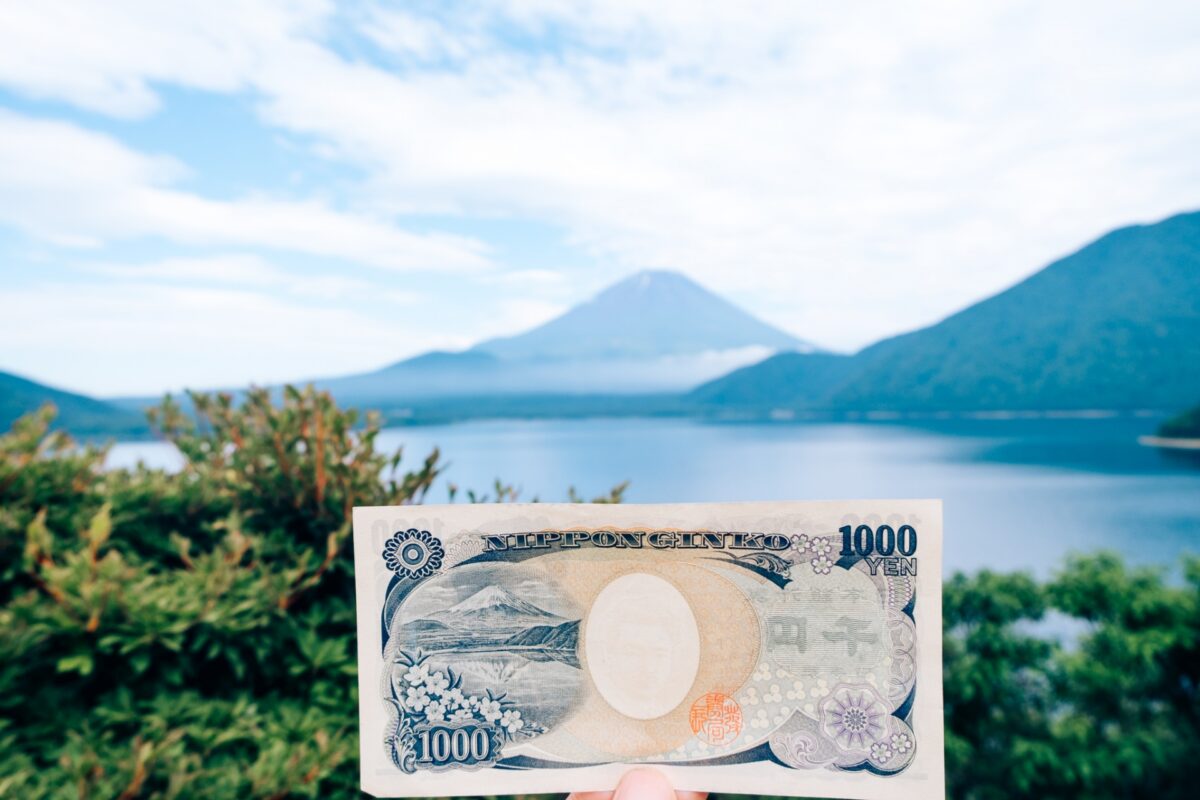
- Trivia
- Fuji can actually be seen every day (and many times a day, if you’ve got a lot of cash!); it’s right on the back of the 1000 yen bill. The picture is replicated from the view you can get at from a shore near lake Motosu.
- On another ‘note’, the way Fuji got its name is also an interesting story, as well as an ongoing debate. Learn more about it below!
Climbing: The Ultimate Achievement
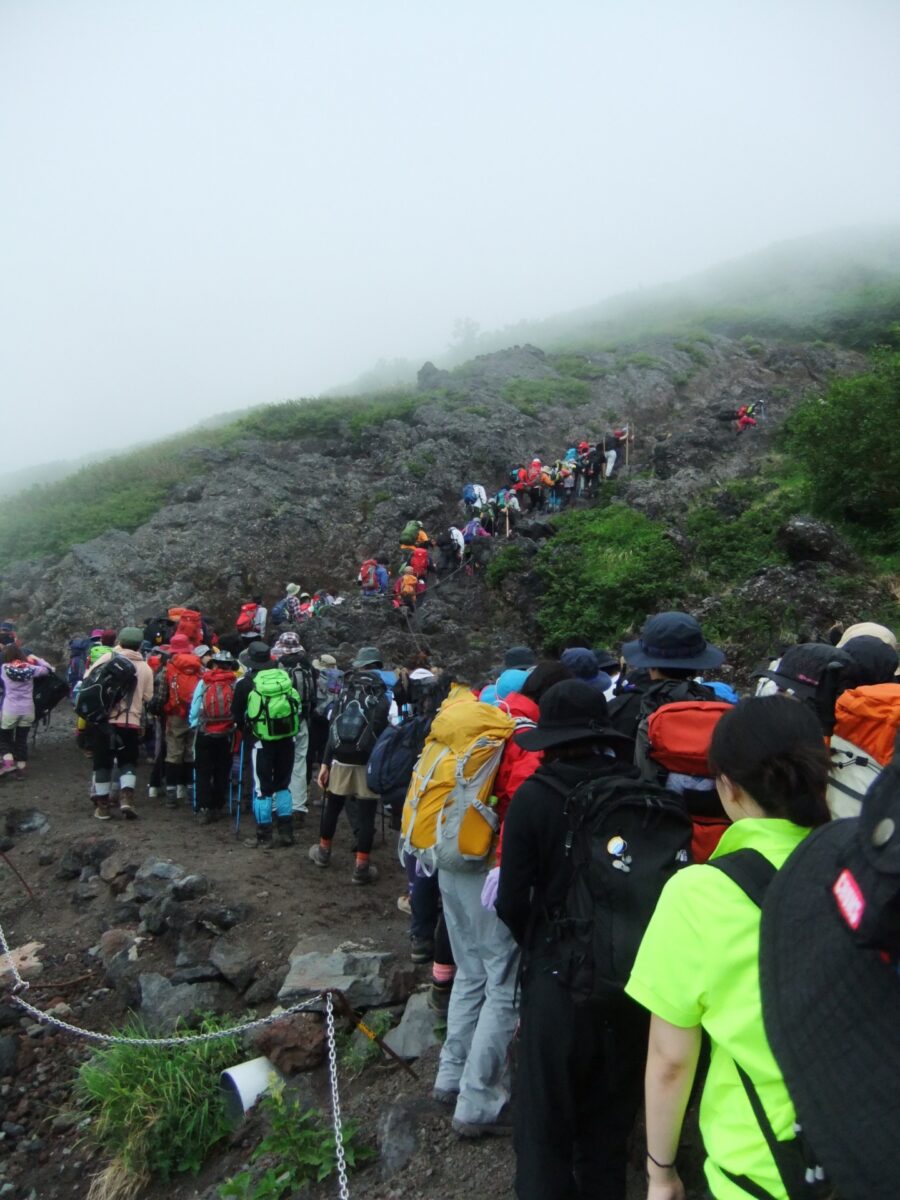
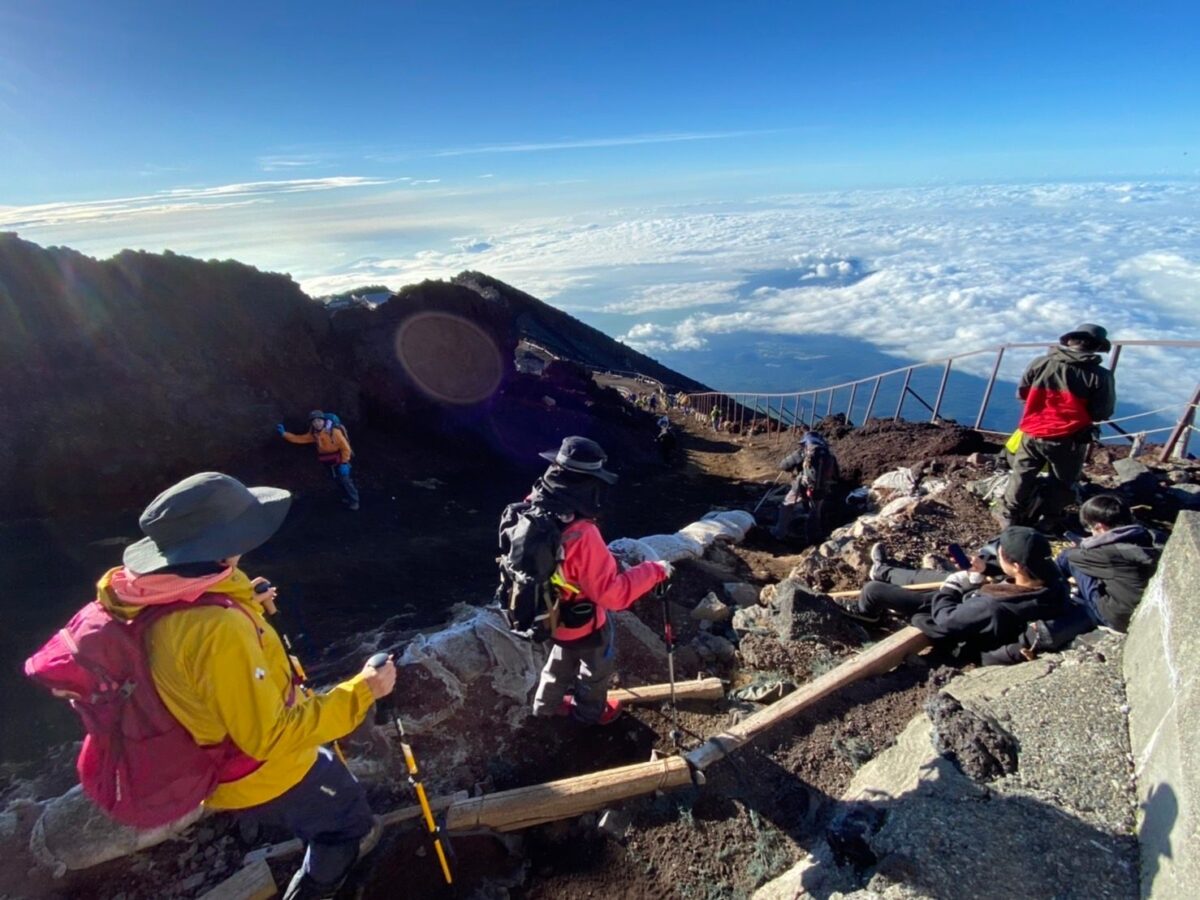
- When to climb
There’s no denying its a popular mountain, and combined with seasons and changing weather, it’s good to know the best timing for your ascent:- Seasonal: The official climbing season is not too long- from early July to early September. August is quite popular among residents as a significant holiday season (Obon) occurs around then. So naturally, try to avoid times like this (and perhaps weekends) when the majority of the workforce has time to make the ascent. Note: climbing outside these months is highly discouraged- the huts along the path are closed and adds to the danger. While it’s not impossible, leave it to the pros. That being said, there are guided opportunities outside of the normal season available to perhaps intermediate climbers.
- Daily: we have a much more detailed guide for actually making the climb, but to summarize, opt for taking 2 days to hike and perhaps stay a night at one of the huts along the way. It’s about a 5-10 hour hike depending on how often you stop, and is about a 3-4 hour descent. Many plan their hike in favor of seeing the sunrise which is undeniably breathtaking, but there are merits to summiting at other times too.
- Trails to take
There are multiple trails to take starting from different points around the mountain. Have 10 stations along the way, and all of them have paved roads up until the 5th, where the ascent truly begins:- Yoshida Trail: The Classic Ascent
- Distance: Around 14 kilometers
- Duration: 6-8 hours (ascending)
- Details: Most popular, Bustling atmosphere, Numerous huts. Well-maintained and great for both novice and experienced hikers
- Subashiri Trail: A Serene Escape
- Distance: Around 11 kilometers
- Duration: 5-7 hours (ascending)
- Details: Less crowded, beautiful forested area, more challenging and a bit more adventure
- Gotemba Trail: For the Thrill-Seekers
- Distance: Around 19 kilometers
- Duration: 7-10 hours (ascending)
- Details: Longest and least frequented, steeper and more demanding, unique lava fields, rewarding for those who can handle the physical difficulty
- Fujinomiya Trail: The Swift Ascent
- Distance: Around 10 kilometers
- Duration: 4-7 hours (ascending)
- Details: Fastest route, more direct and less winding path. Many great views to see, and great for those trying to make the most of their time
- Yoshida Trail: The Classic Ascent
Nearby & Far Away
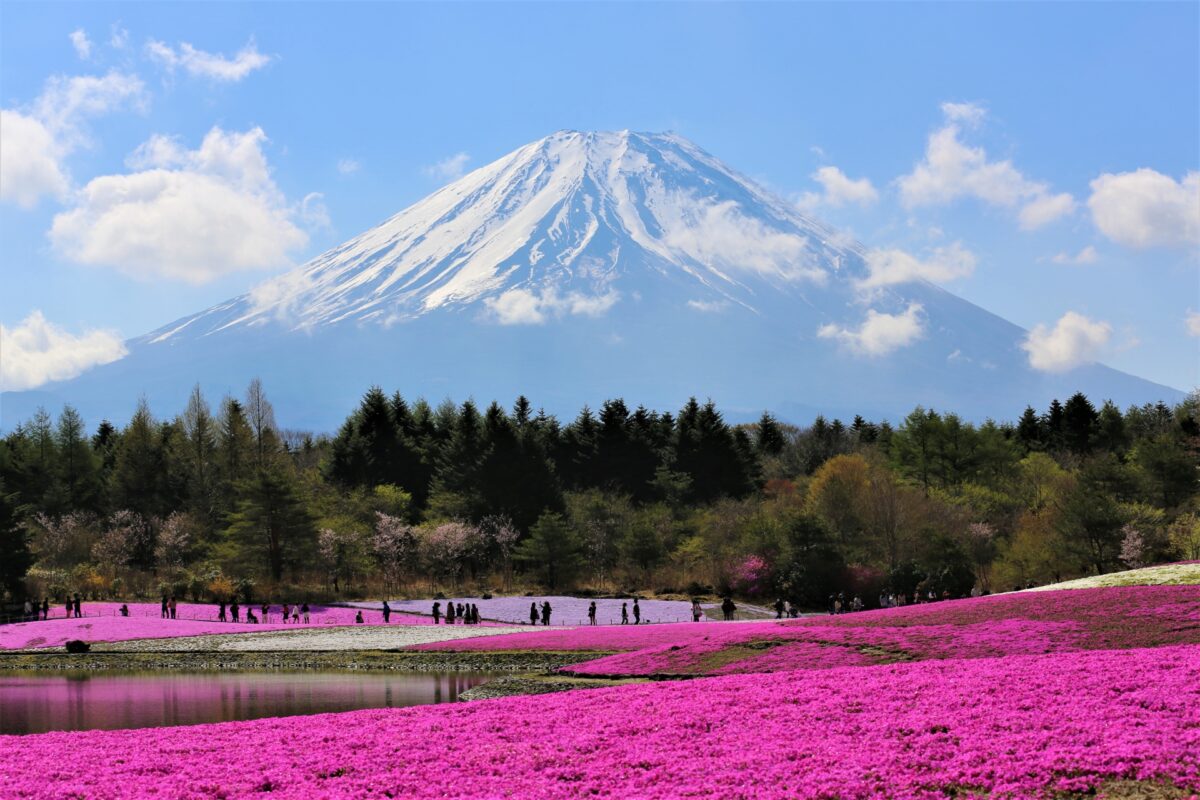
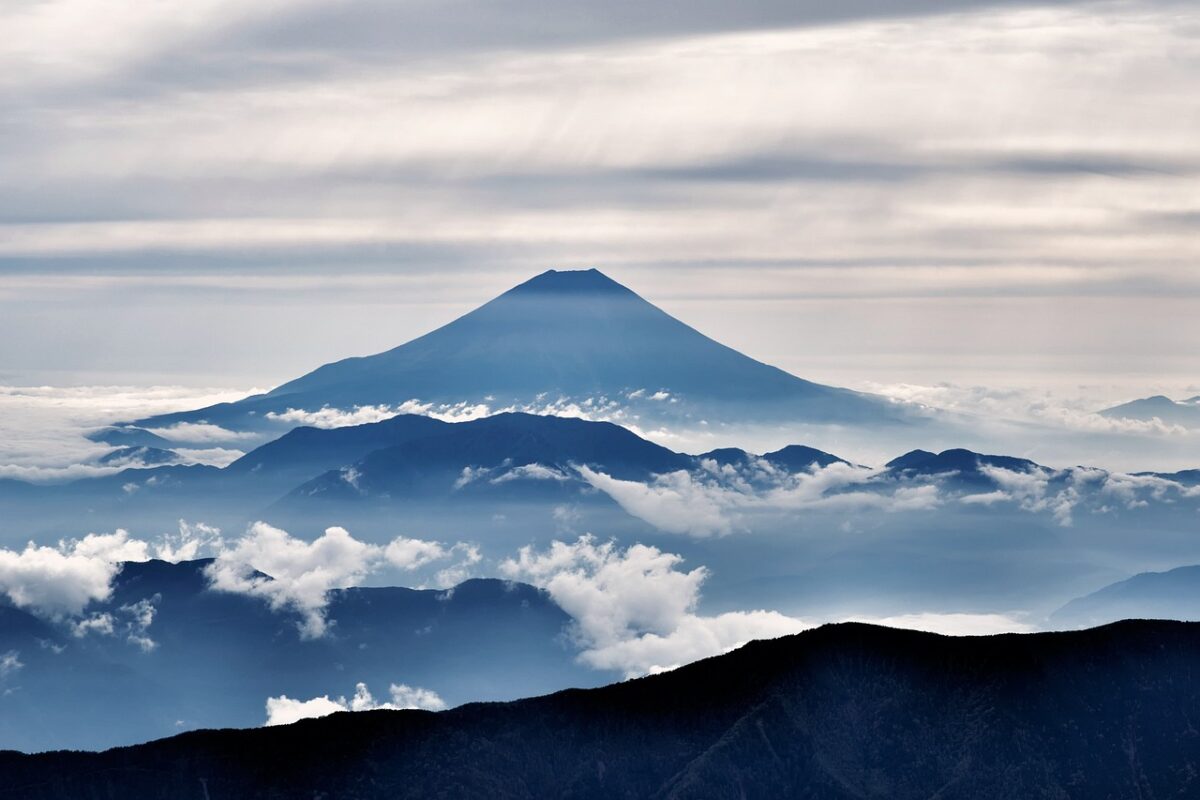
Being such a centerpiece of Japan, Fuji is surrounded by a wonderful selection of things to do and remarkable vantage points:
Things to do nearby:
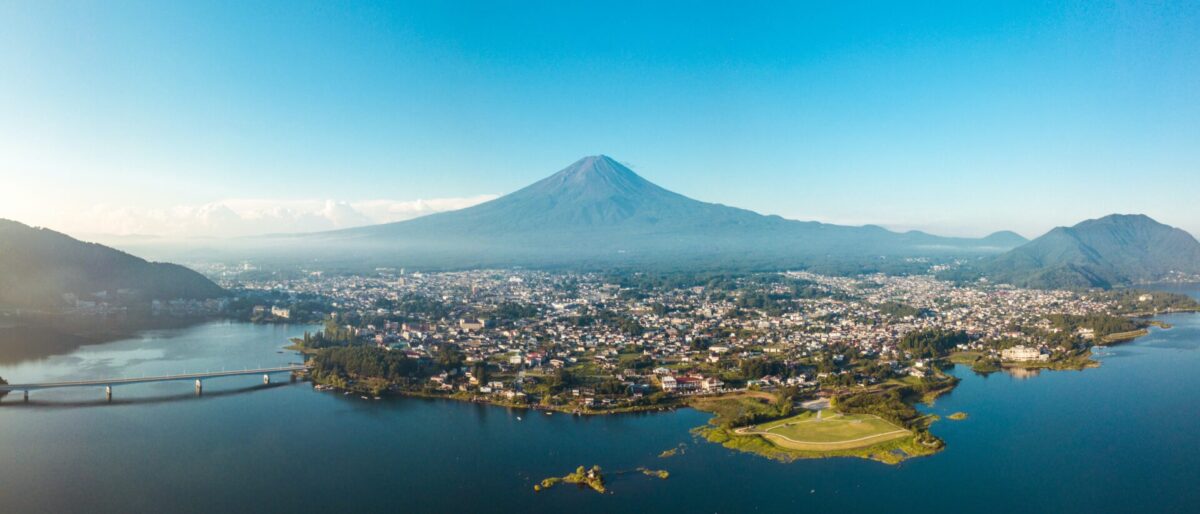
- Kawaguchiko:
This amazing town is full of vitality, maintaining a laid back vibe while also being a hub for curious visitors. Plenty of amazing hotels with phenomenal views of Fuji complete with both public and private Onsen, as well as delicious restaurants and a bit of shopping. Not to mention, the ropeway, Chureito, and boat rides on the lake all offer incredible views of the mountain.
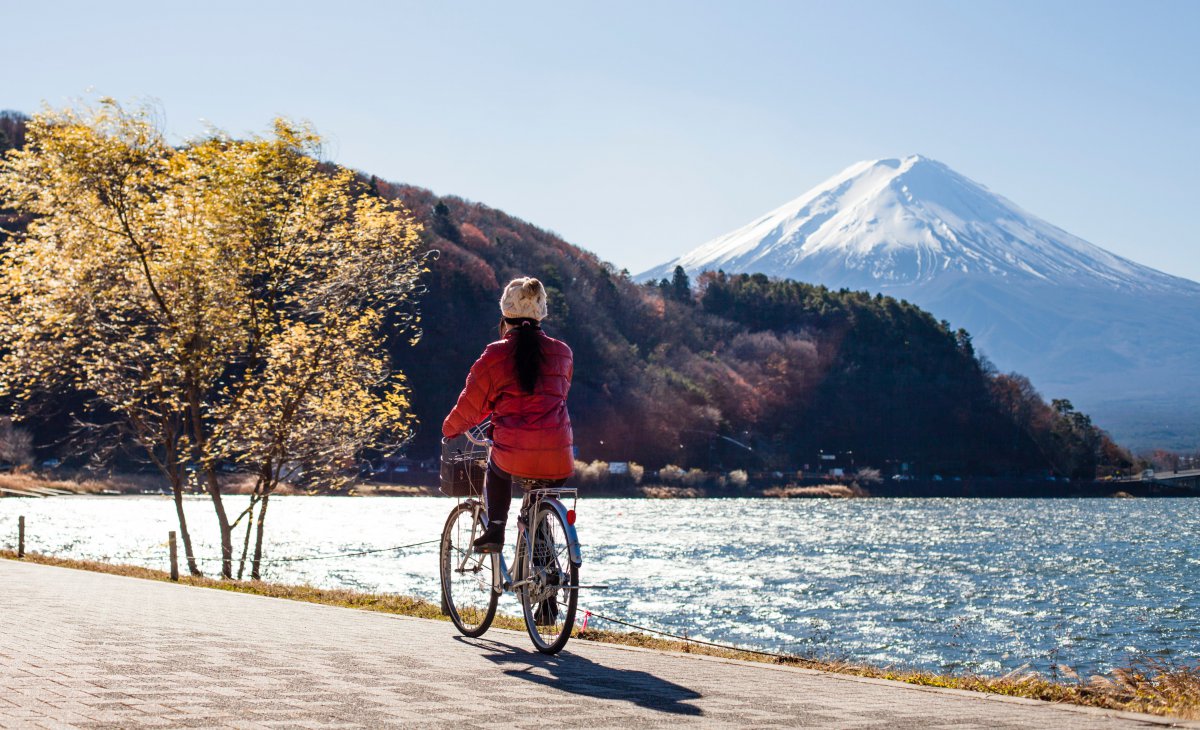
- Outdoor Activities:
It goes without saying that Fuji would be a diamond in the eyes of nature enthusiasts, but the draw to the area doesn’t stop there. Plenty of camping spots, parks, cycling, lake activities, and other options for hiking are a great shout for a good time on a clear day.

- Fuji-Q:
A different kind of outdoor fun lies at Japan’s most prized amusement park: Fuji-Q Highland. Complete with world record holding coasters as well as family friendly fun, Fuji-Q is a great chance to seek thrills and get a superb view of the peak.
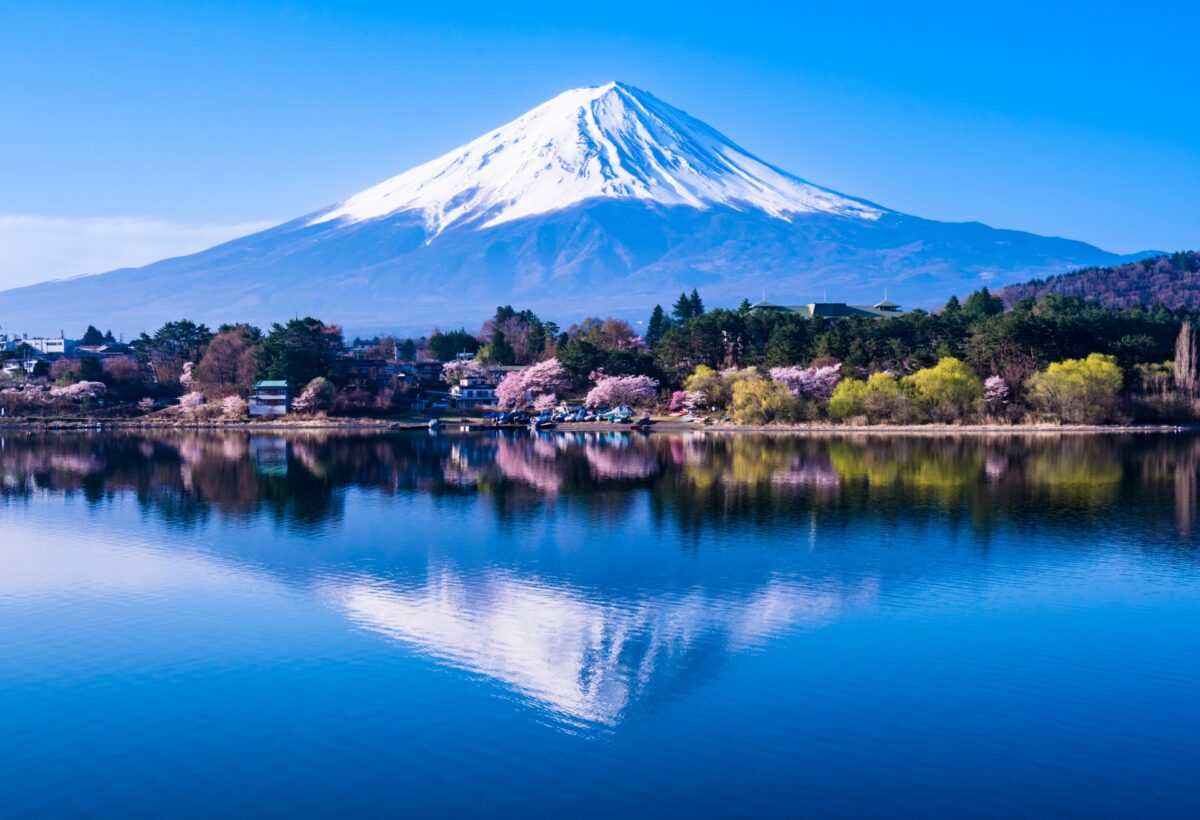
- Other lakes:
Kawaguchiko is the largest of 5 lakes around Fuji. Not all the lakes are quite as “central” as Kawaguchiko may be, but they all have their own merits. For example, Lake Motosu is not only great to see the 1000 yen bill scene, it’s also great for camping (cabins available too), stargazing, and relaxation.
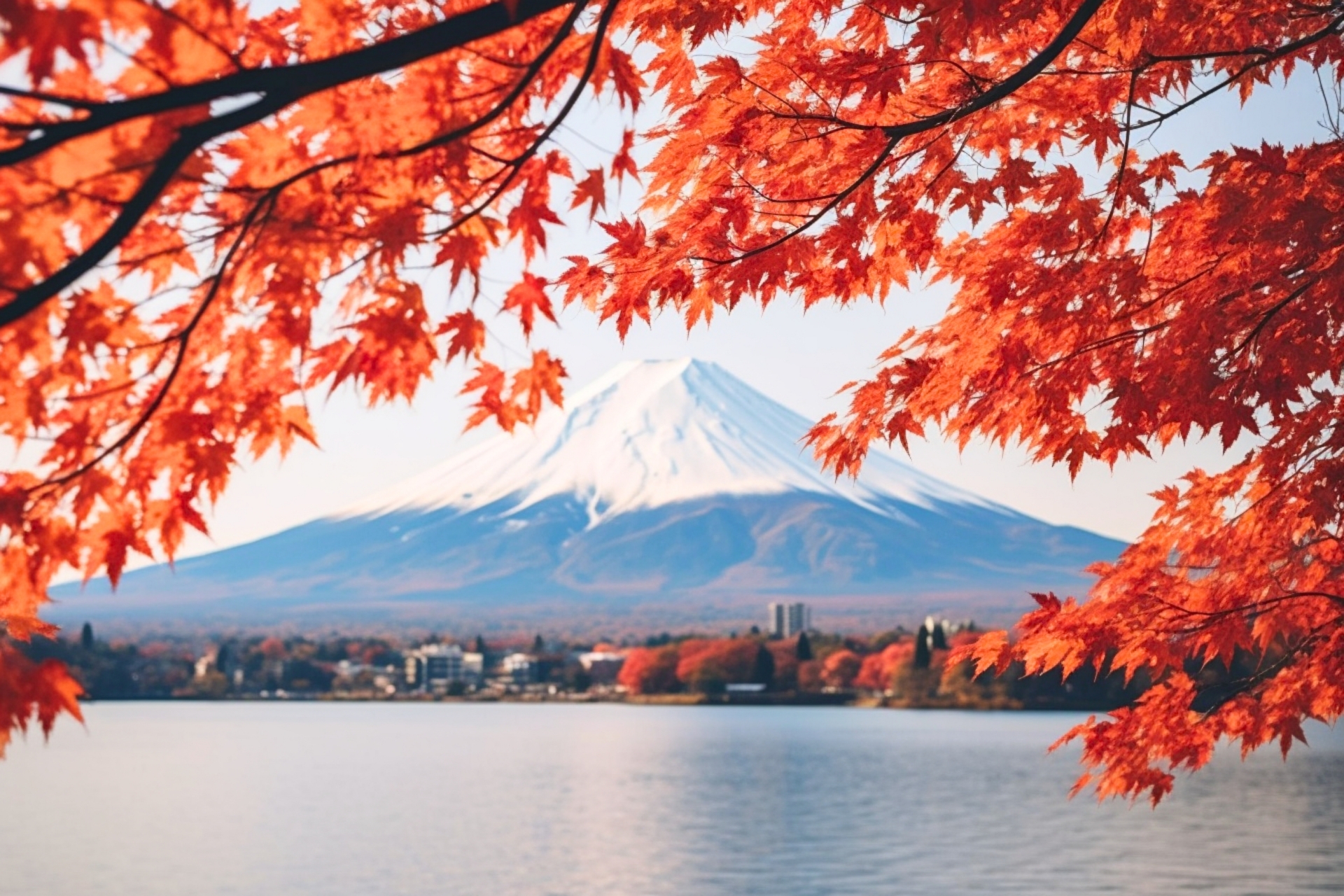
Admiring at a distance:
- Fuji is so large and mostly unobstructed that it can actually be seen from distances as far as Tokyo, albeit just a silhouette. But of course, as you get closer, there are plenty of opportunities. Aside from those in Kawaguchiko and from the shinkansen, there are many spots in Shizuoka, other parts of Yamanashi, Hakone, and others.
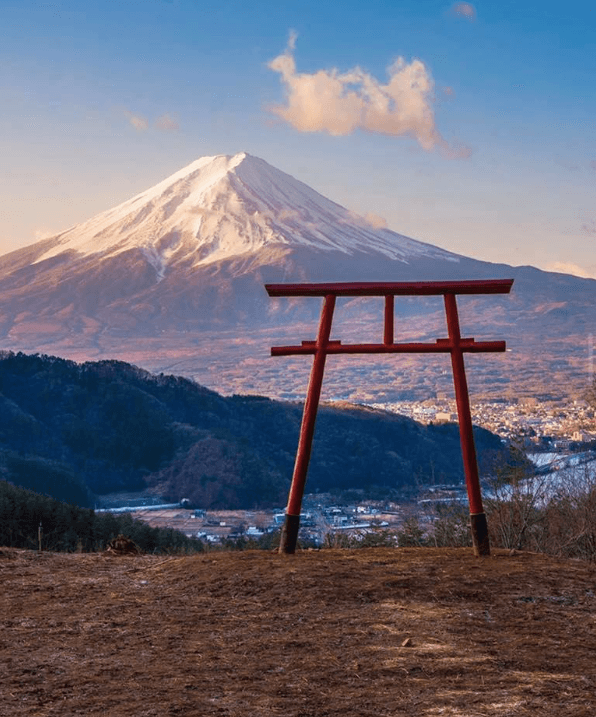
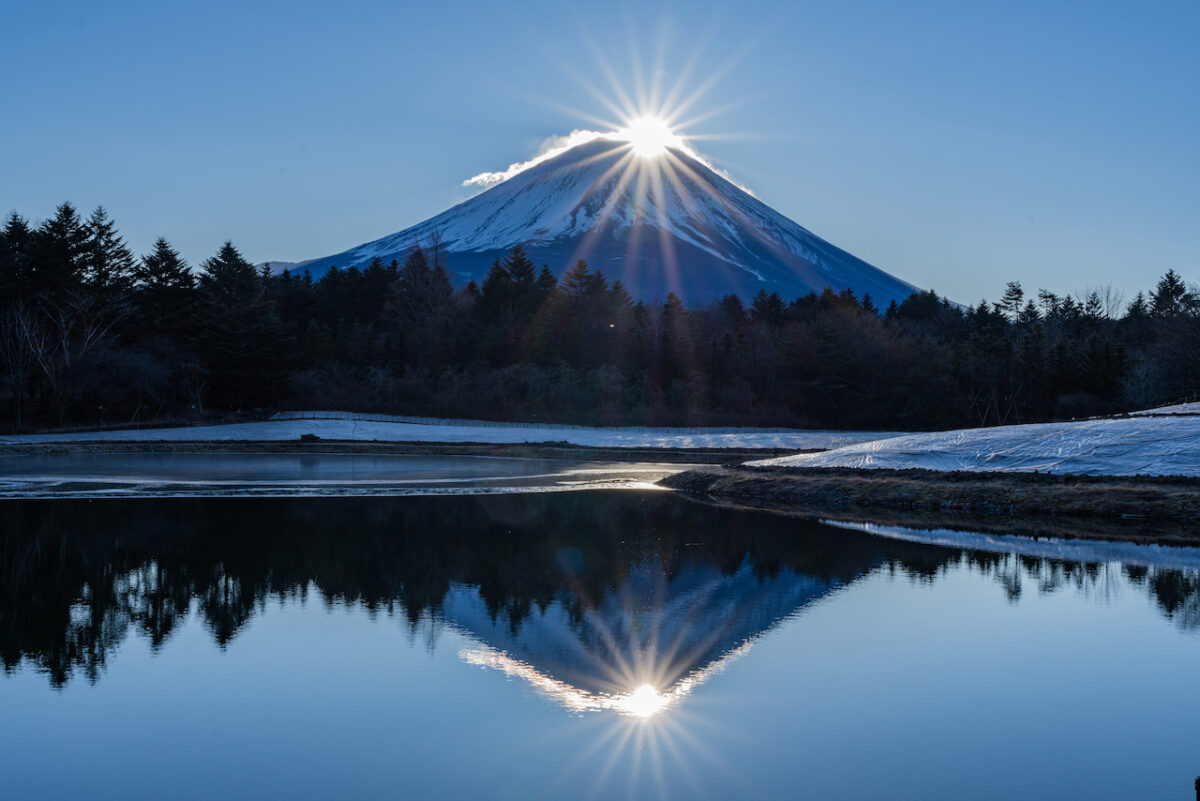
- Asama Jinja (left)
- This shrine was constructed after a large eruption in 864, and has since become a UNESCO Heritage site. The torii gate was added recently in 2019, making the view that much more majestic.
- Diamond Fuji (right)
- If you find yourself on the west side of Fuji, you’ll be able to get a spectacular view called “Diamond Fuji” where the rising sun casts sparkling rays over the peak: shine bright like a diamond.
Accommodation & Tours
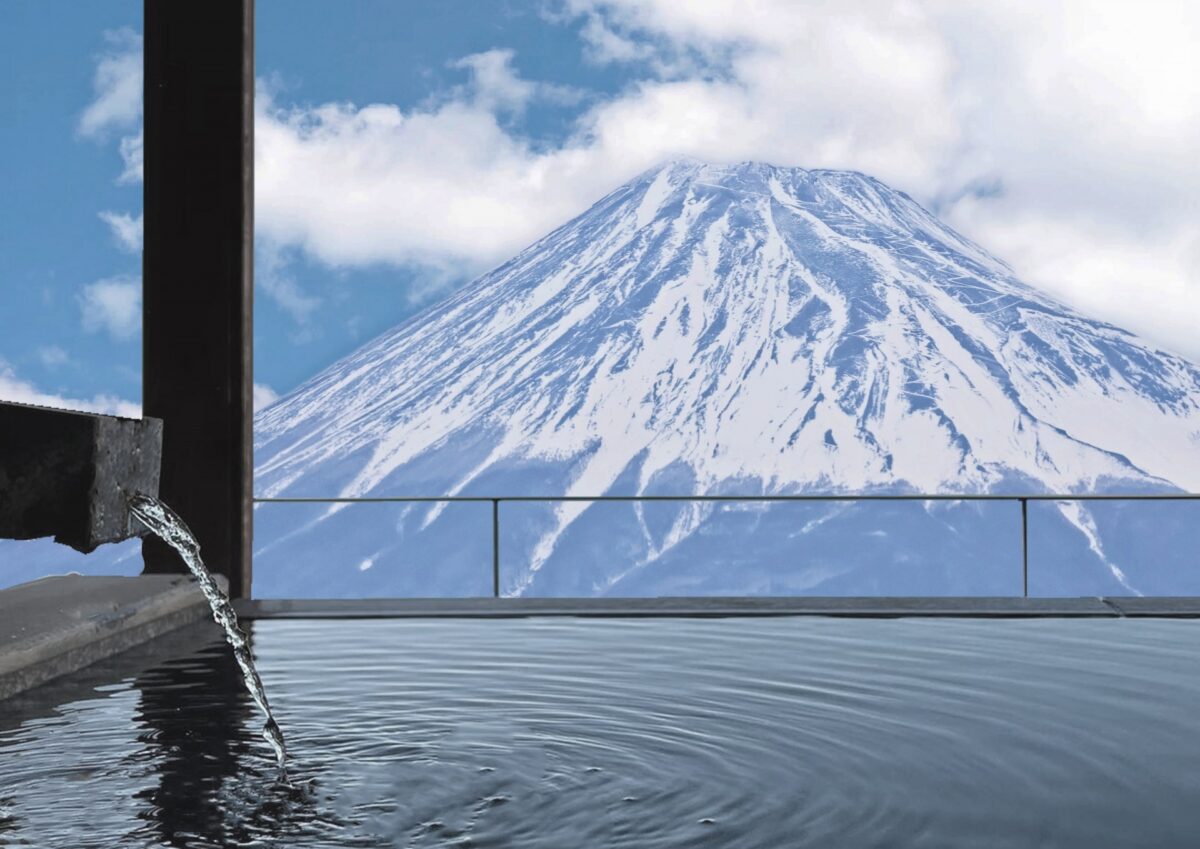
Views from your private hot spring
Getting a nice view of Fuji from your hotel room is absolutely a reason to splurge, and there are plenty of options to choose from that have incredible views, baths, service, and location. Here are a few that you’ll want to hope still have vacancy:
- Speedway
- Speedway is the definitive flex of contemporary luxury and signature hospitality in one of the most scenic spots in Japan. Here you’ll enjoy five star comfort and exceptional service. This establishment truly speaks for itself.
- Onsen Konanso
- Situated between Lake Kawaguchi and Mt. Fuji, this waterfront five star masterpiece is the epitome of Japanese luxury. Astounding design and breathtaking views come together for the perfect lakeside experience.
- Fufu
- Another remarkable lakeside choice, Fufu boasts an unbeatable view of Fuji across lake Kawaguchi. Arguably one of the best names to remember, this spot is optimized for great memories.
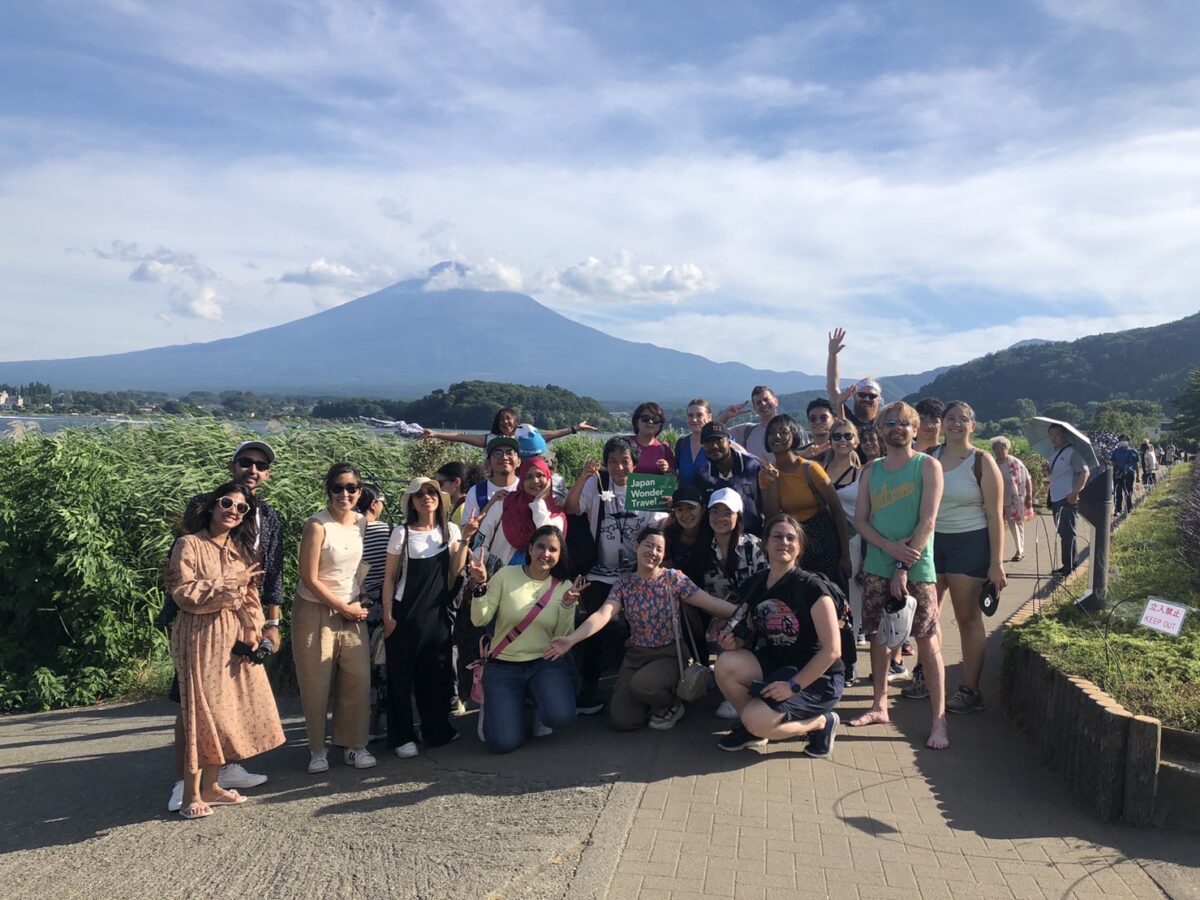
Relax and see all the spots
If you want to leave the planning to the pros so you can sit back and relax, look no further.
- There are plenty of tours to choose from when it comes to Fuji, and many spots to consider visiting around the area. Rest assured we have you covered here as well, especially with our day trip tour that hits the most memorable spots around lake Kawaguchi. If you’re interested in stunning views of the mountain, fun activities, and tasty food, be sure to look here for more information.

- And if you’re perhaps looking for some different itineraries, check out these as well:

Good luck and Have Fun!
There you have it, everything you need to know to get the planning of your trip to Fuji underway. Whether it’s transport and accommodation, food and fun, climbing and relaxing, or simply enough facts and trivia to fool your friends into thinking you did it all, we hope your questions have been answered. Fuji is the pride of Japan, and so many wonderful experiences lie on and around it, perfectly catered to creating lasting memories and inspired moments.
Japan Wonder Travel Tours
Japan Wonder Travel is a travel agency that offers guided tours throughout Japan.
From private walking tours to delicious Food and Drink tours, we can help you organize the best tours just for you! If you want to explore Japan and learn more about the history and backstories of each area you are visiting, our knowledgeable and friendly English speaking guides will happily take you to the best spots!
In addition, we can provide you with any assistance you may need for your upcoming trip to Japan, so please feel free to contact us if yu have any questions or need some help!
▶Tokyo Tsukiji Fish Market Food and Drink Tour
Explore the most lively and popular fish market in Tokyo and try some of the local’s favorite street foods and sake with one of our friendly and knowledgeable English speaking guides!

▶Tokyo 1–Day Highlights Private Walking Tour (8 Hours)
There’s no better way to explore an area than taking a tour with a knowledgeable local guide. You will have the chance to learn about the history and interesting background stories of Tokyo, as well as discover some hidden gems which can be hard to do without a guide.
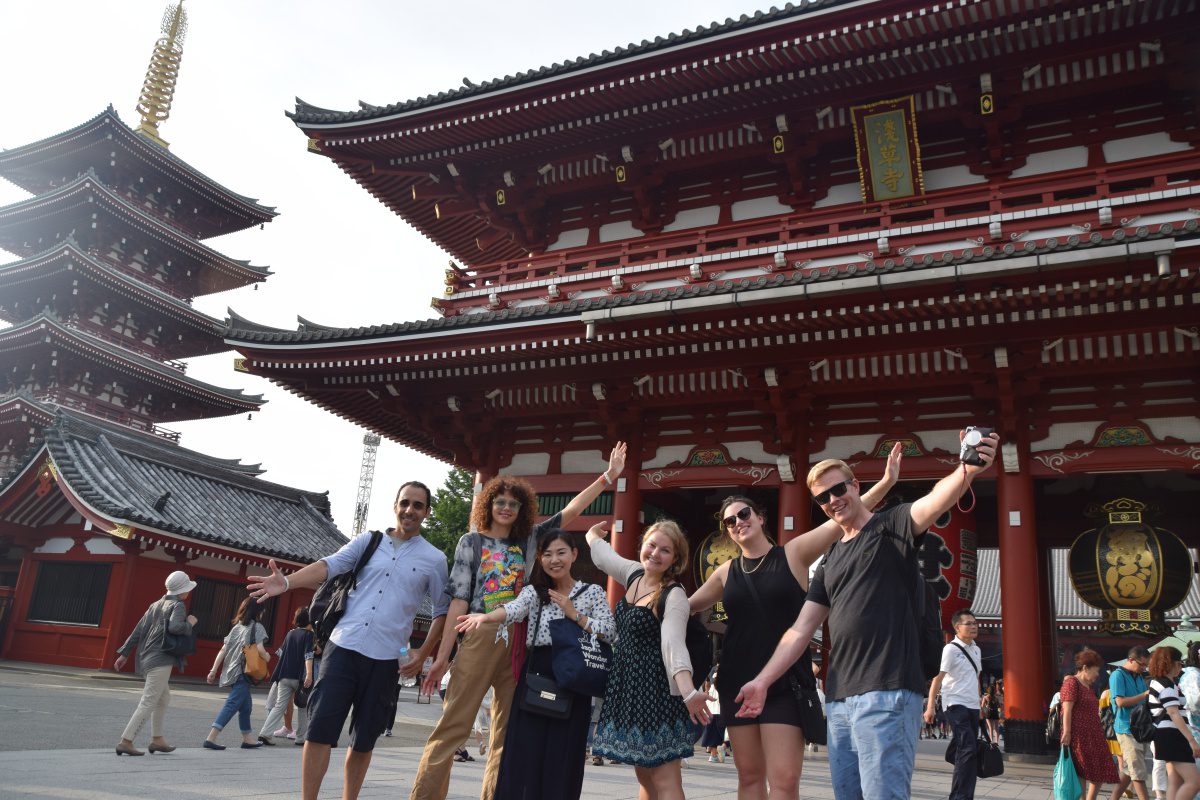
▶Mt. Fuji Day Trip Bus Tour from Tokyo
Experience the breathtaking views of Mt. Fuji by visiting the highlights of the area on our guided sightseeing bus tour! Departing from Shinjuku in central Tokyo, you can travel comfortably to all of the best spots in the area by bus.
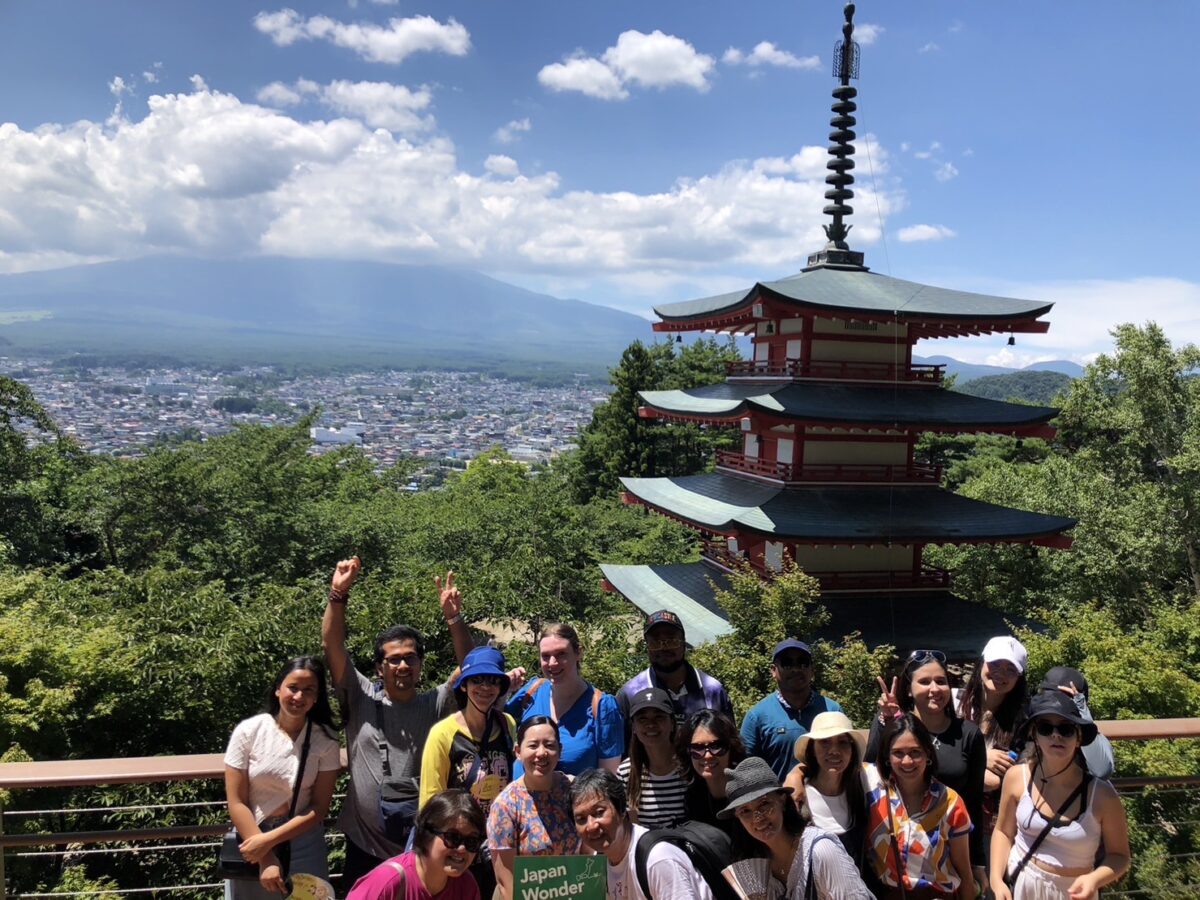
Follow us on Instagram, Facebook, Twitter, and TikTok for more travel inspiration. Or tag us to get featured!
Happy traveling!
